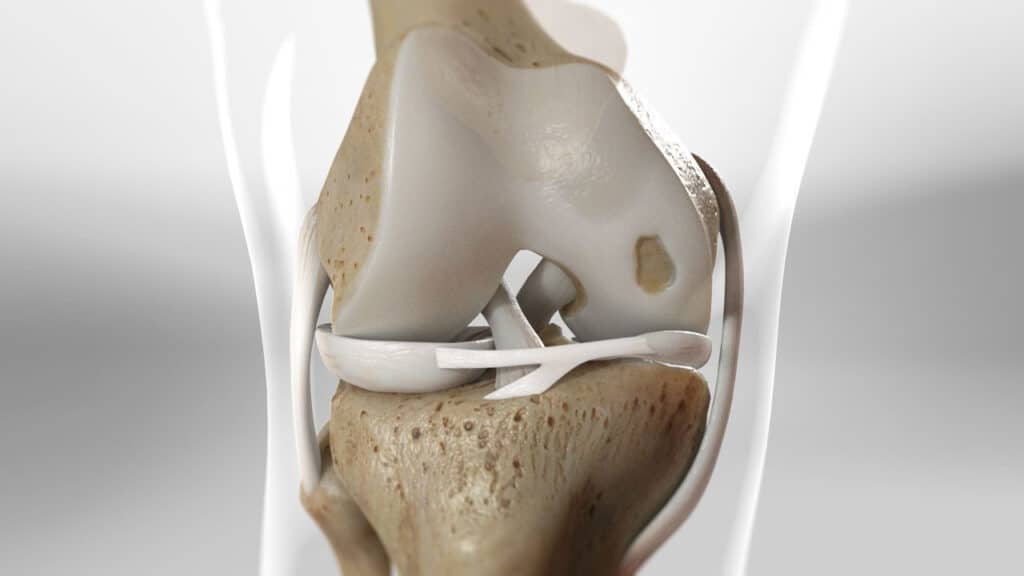Joints are tricky things. They’re essential to our movement, but they also take a lot of pressure. That means they’re very easy to injure and not so easy to fix. Joint injuries are a pretty major barrier to mobility, so it’s lucky that modern knowledge and technology has dramatically improved our ability to treat them.
Take articular cartilage repair. You can damage your articular cartilage (the connective tissue where the bone meets the joint, or inside some joint types) through falls, other accidents or general wear and tear over the years. The cartilage will not, however, regenerate on its own. Even a small injury can grow worse over time and significantly impact your quality of life. The knee is particularly prone to this kind of damage, which causes problems when standing and walking.
This is when surgical techniques come into play. Articular cartilage repair attempts to restore the articular cartilage so that pain and inflammation are reduced, whilst mobility and quality of life can be improved. There are a few different techniques that can be used depending on the nature and severity of the damage, but hopefully they can delay the need for more extreme treatments such as joint replacement surgery.
One of the simplest methods is known as arthroscopic lavage, or debridement. This means cleaning out the inside of the joint, removing degenerated tissue and freeing up movement. It’s not outright repair or restoration, but for milder damage, it can be an effective treatment. For more serious injuries, transplants grafting healthy cartilage and bone into the damaged area may be attempted.
Other techniques include various forms of what’s known as marrow stimulation. If you drill through the cartilage until you reach the bone, you can stimulate marrow and blood to create a “clot” of cartilage to fill the defective area. However, this cartilage often takes the form of “fibrocartilage”, which is more like scar tissue and does not have the same properties as the “hyaline” articular cartilage normally found in the joint. Attempts have been made to augment marrow stimulation procedures with stem cells or hydrogel implants.
These are just some of the techniques being used for articular cartilage repair. None of them are perfect, but ongoing research is allowing for continuous improvement. As our understanding and technology improve further, joint problems will become less and less of a mobility issue.




